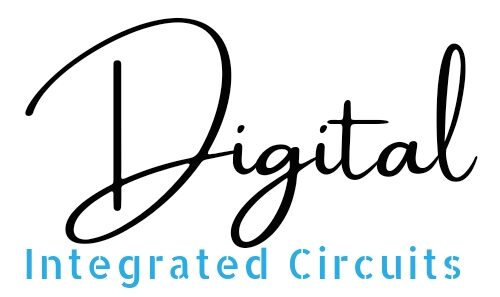Introduction
Welcome to our Octal Numbers Calculator! This tool simplifies octal arithmetic, allowing you to perform addition, subtraction, multiplication, and division with ease. Designed for students, programmers, and enthusiasts, it provides instant and accurate results to save you time.
Octal Arithmetic Calculator
How to Perform Octal Arithmetic
Octal arithmetic is based on the base-8 number system, which uses digits 0 through 7. Here’s a quick guide to the four basic operations:
1. Octal Addition
Octal addition follows these rules:
- Add digits as in decimal, but carry over when the sum reaches 8.

Example:
746
+ 125
---------
1073Steps:
- Add 6 + 5 = 11. Write 3 and carry 1 to the next column.
- Add 4 + 2 + 1 (carry) = 7.
- Add 7 + 1 = 10. Write 0 and carry 1 to the next column.
2. Octal Subtraction
Octal subtraction uses borrowing, similar to decimal subtraction, but the borrow represents 8 instead of 10.
Example:
745
- 126
---------
617
Steps:
- Subtract 5 – 6. Borrow 1 from the next column, making it 15 – 6 = 7.
- Subtract 4 – 2 = 2.
- Subtract 7 – 1 = 6.
3. Octal Multiplication
Octal multiplication is performed like decimal multiplication, but the results are converted to base-8.
Example:
12
× 7
---------
104Steps:
- Multiply 2 × 7 = 14. Write 4 and carry 1.
- Multiply 1 × 7 = 7, then add the carry (1), resulting in 10.
4. Octal Division
Octal division involves dividing the octal number and converting the remainder to base-8.
Example:
745 ÷ 7 = 106 (Quotient)
3 (Remainder)Steps:
- Divide 7 by 7 = 1. Bring down the next digit.
- Divide 4 by 7 = 0. Bring down the next digit.
- Divide 45 by 7 = 6, remainder 3.
Features of Our Octal Artithmatic Calculator
- Ease of Use: User-friendly interface for seamless calculations.
- Real-Time Results: Get answers instantly.
- Error Detection: Ensures valid octal input.
Why Learn Octal Arithmetic?
Octal arithmetic is essential in fields like computer science and digital systems, especially for encoding data, designing circuits, and simplifying binary operations.
FAQs on Octal Arithmetic and Calculators
1. What is octal arithmetic?
Octal arithmetic involves performing mathematical operations using the octal number system (base-8), which uses digits 0 through 7. It is commonly used in computing and digital electronics to simplify binary operations.
2. How is octal addition different from decimal addition?
In octal addition, the sum of digits carries over when it reaches 8, unlike decimal addition, which carries over at 10. For example:
6 + 5 = 13 in octal (1 carry over, write 3)3. How do you perform octal subtraction?
Octal subtraction uses the borrow method. If you subtract a larger digit from a smaller one, you borrow from the next column, adding 8 to the current digit.
4. Why is octal used in computing?
Octal is a shorthand representation for binary numbers, as every octal digit represents three binary bits. This makes it easier to read and write large binary values in a compact form.
5. Can I convert octal numbers to other number systems?
Yes, octal numbers can be easily converted to binary, decimal, or hexadecimal. For example:
- Octal to Binary: Replace each octal digit with its 3-bit binary equivalent.
- Octal to Decimal: Multiply each digit by 8 raised to its positional power and sum the results.
6. How accurate is your Octal Calculator?
Our Octal Calculator ensures 100% accuracy by following the rules of octal arithmetic. It also validates input to prevent errors caused by non-octal digits.
7. Can octal arithmetic be used in real-world applications?
Yes, octal arithmetic is used in:
- Simplifying binary operations in computing.
- Programming languages, particularly for file permissions in Unix/Linux systems.
- Digital circuit design.
8. What are common mistakes in octal arithmetic?
- Using digits outside the range of 0 to 7.
- Forgetting to carry over or borrow correctly.
- Confusing octal operations with decimal operations.
9. How does octal division differ from decimal division?
Octal division follows the same process as decimal division but works with base-8 digits. The remainder and quotient are expressed in octal.
10. Is octal arithmetic still relevant today?
Yes, although hexadecimal has become more popular, octal remains relevant in specific domains, such as file permission settings in operating systems and some areas of digital electronics.
Checkout my tutorials on octal artithmatic here.
